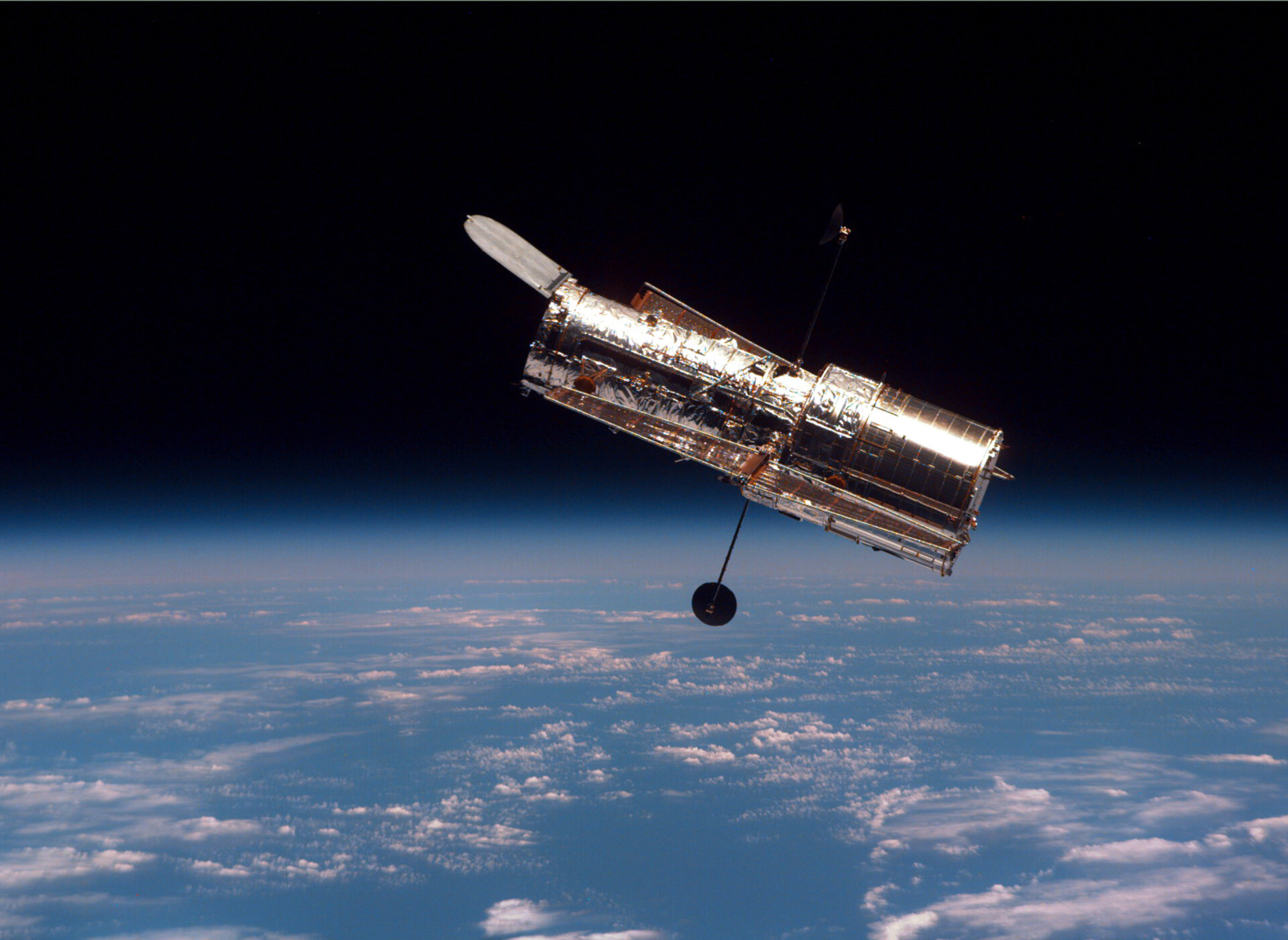Hubble operations
The Hubble Space Telescope (HST), a collaboration between ESA and NASA, is a 2.4 m-diameter orbiting observatory optimised to observe from the ultraviolet to the infrared. Launched in 1990 and designed to be refurbished in space by astronauts, Hubble is one of the greatest scientific projects of all time.
Since launch, it has opened our eyes to the wonders of our planetary backyard and beyond. In many ways, Hubble has revolutionised modern astronomy, not only by being an efficient tool for making new discoveries, but also by changing the way astronomical research is done.
Light can travel through the Universe virtually undisturbed for thousands of millions of years. However, if it happens to be heading for Earth, it must travel through our turbulent atmosphere in the last few microseconds of its journey before arriving at a telescope. To the casual observer this sets the stars twinkling in the night sky but to the astronomer it blurs out the fine cosmic details. Putting a telescope in space is one way of avoiding this problem. As well as collecting visible light from its orbit high above the atmosphere, Hubble observes the infrared and ultraviolet wavelengths that are filtered out by the atmosphere.




